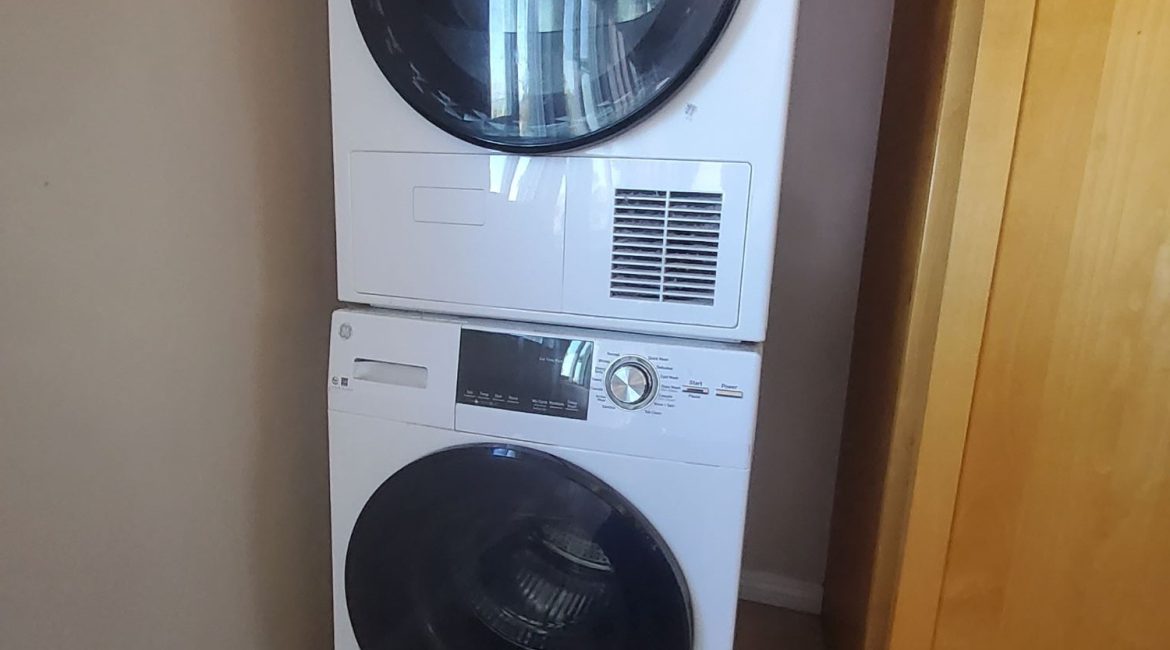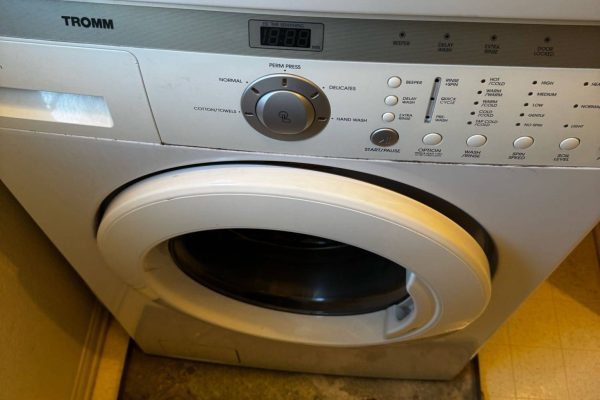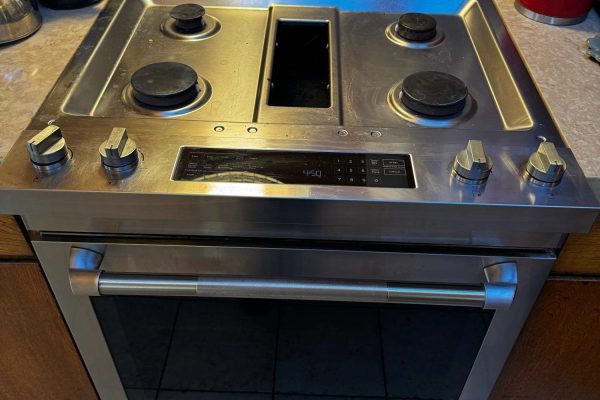In our fast-paced lives, there’s nothing more frustrating than discovering that your freshly “dried” laundry is still damp. You’re ready to fold, wear, or pack your clothes—only to find out they need another cycle. You don’t have time to wait, and worse, frequent re-drying can damage fabrics, waste energy, and shorten your dryer’s lifespan.
But why does this happen—and more importantly, how can you catch the issue early, before it gets worse? Here’s what to know.
1. Top Reasons Your Dryer Leaves Clothes Damp
Several technical issues could be hiding behind this common but irritating problem. Let’s look at the likely culprits:
- a) Overloading the Dryer
Cramming too many clothes into the dryer blocks airflow. When air can’t circulate, heat doesn’t reach every item, resulting in wet spots even after a full cycle. - b) Clogged Lint Filter or Exhaust Vent
A full lint trap or a blocked exhaust vent prevents hot, moist air from escaping. As a result, clothes take longer to dry or don’t dry at all. This also creates a fire hazard. - c) Malfunctioning Heating Element
If your dryer isn’t producing heat—or if it heats inconsistently—your clothes won’t dry. This could be due to a failed thermostat, heating coil, or thermal fuse. - d) Faulty Moisture Sensor
Modern dryers use moisture sensors to determine when clothes are dry. A faulty sensor can shut off the cycle prematurely or misread the dryness level. - e) Issues with the Control Board
The electronic control board is essentially the brain of your dryer. If it malfunctions, the machine might not run the correct drying cycles or produce enough heat.
2. Early Warning Signs You Shouldn’t Ignore
Before your dryer completely stops working or your clothes suffer from repeated dampness, look out for these red flags:
- Drying takes longer than usual.
- You need to run multiple cycles to get clothes dry.
- The dryer is running, but not producing heat.
- Clothes feel unusually hot or have a musty smell.
- You notice excess condensation in the laundry room.
- There’s no airflow coming from the exhaust vent.
If you’re seeing any of these symptoms, it’s time to take action—before your dryer damages your clothes or increases your energy bill.
3. What Can Happen If You Delay Repairs
Ignoring dryer issues can lead to more serious problems:
- Clothing damage: Repeated damp-dry cycles can weaken fibers, shrink fabrics, or leave mildew.
- Energy waste: A malfunctioning dryer consumes far more electricity per load.
- Fire risk: A clogged lint trap or overheated system can cause house fires.
- Total appliance failure: A small sensor issue today could become a full breakdown tomorrow—costing far more to fix.
Time is of the essence when it comes to diagnosing dryer issues. If you’re constantly re-drying your clothes, don’t treat it as a minor inconvenience—consider it a warning.
4. What You Can Do
You don’t have to be a technician to take the first steps:
- Clean the lint filter after every load.
- Inspect the exhaust vent for blockages or lint buildup.
- Avoid overloading the dryer.
- Separate heavy items (like towels or blankets) from light fabrics.
- Run regular maintenance checks if your dryer is more than 3 years old.
Still having issues? That’s when it’s time to call in the professionals.
5. Call the Experts at Poway Appliance Repair Service Center
If your clothes are coming out wet again and again, your dryer is signaling for help. Let the skilled technicians at Poway Appliance Repair Service Center take a look. Our experienced team can quickly diagnose the problem—whether it’s electrical, mechanical, or something hidden inside your machine.
We offer same-day appointments, affordable pricing, and service for all major dryer brands. Don’t risk ruining your wardrobe or wasting precious time. Contact us today, and we’ll get your dryer back to full power—fast.
Don’t wait until your favorite clothes are ruined. Call Poway Appliance Repair Service Center now and get the reliable service you deserve.
Contact us
(858) 203-0990


